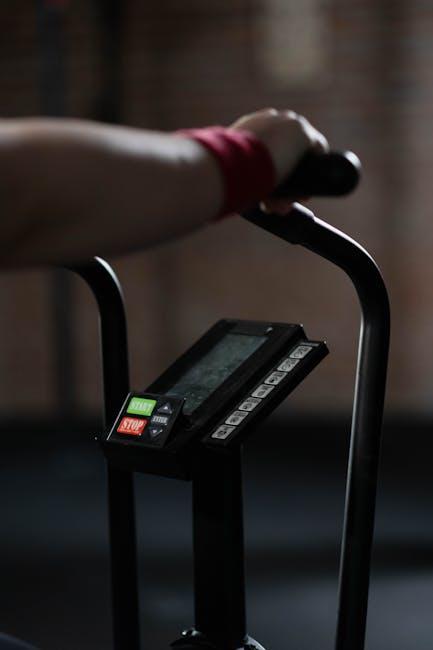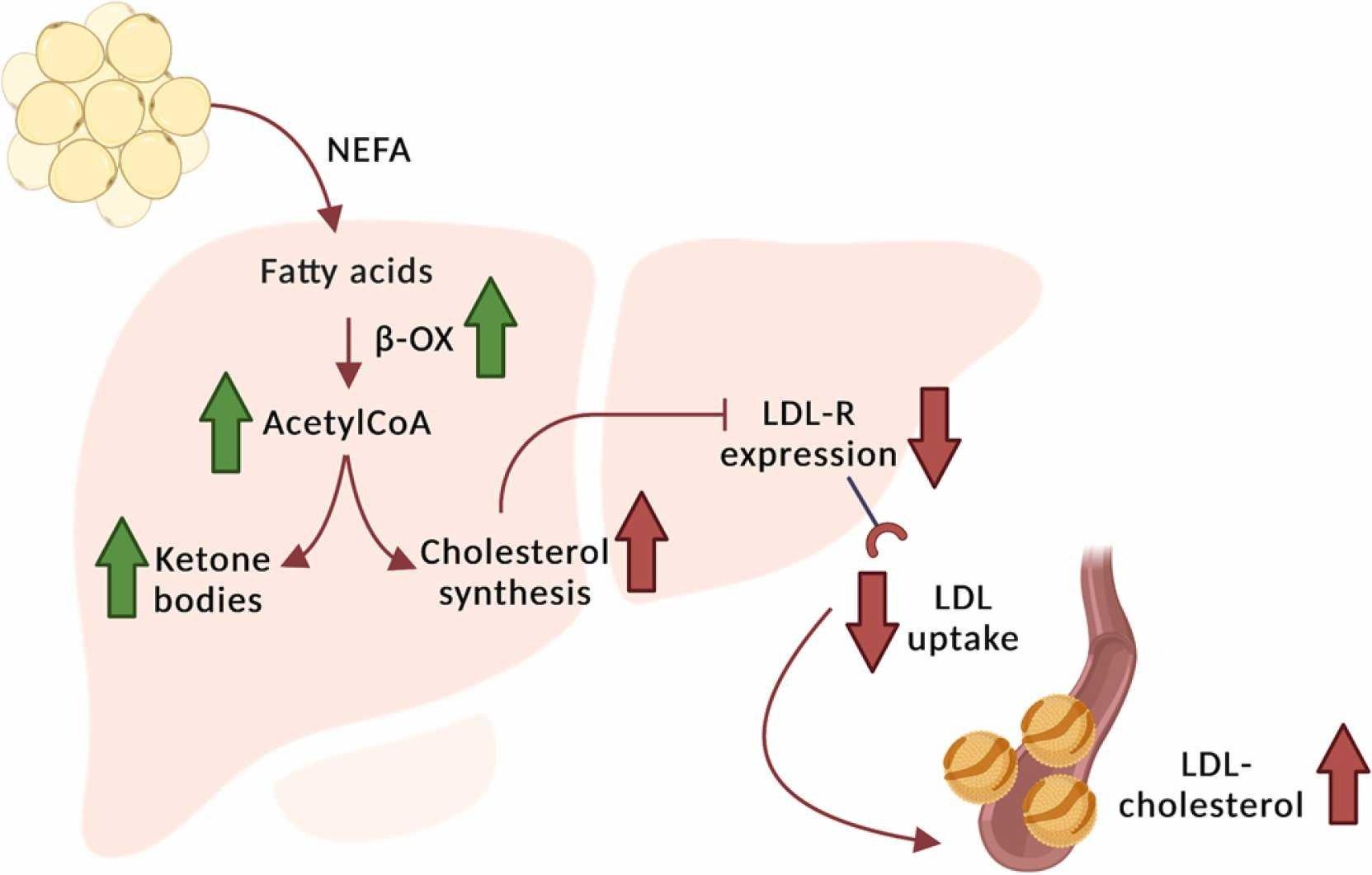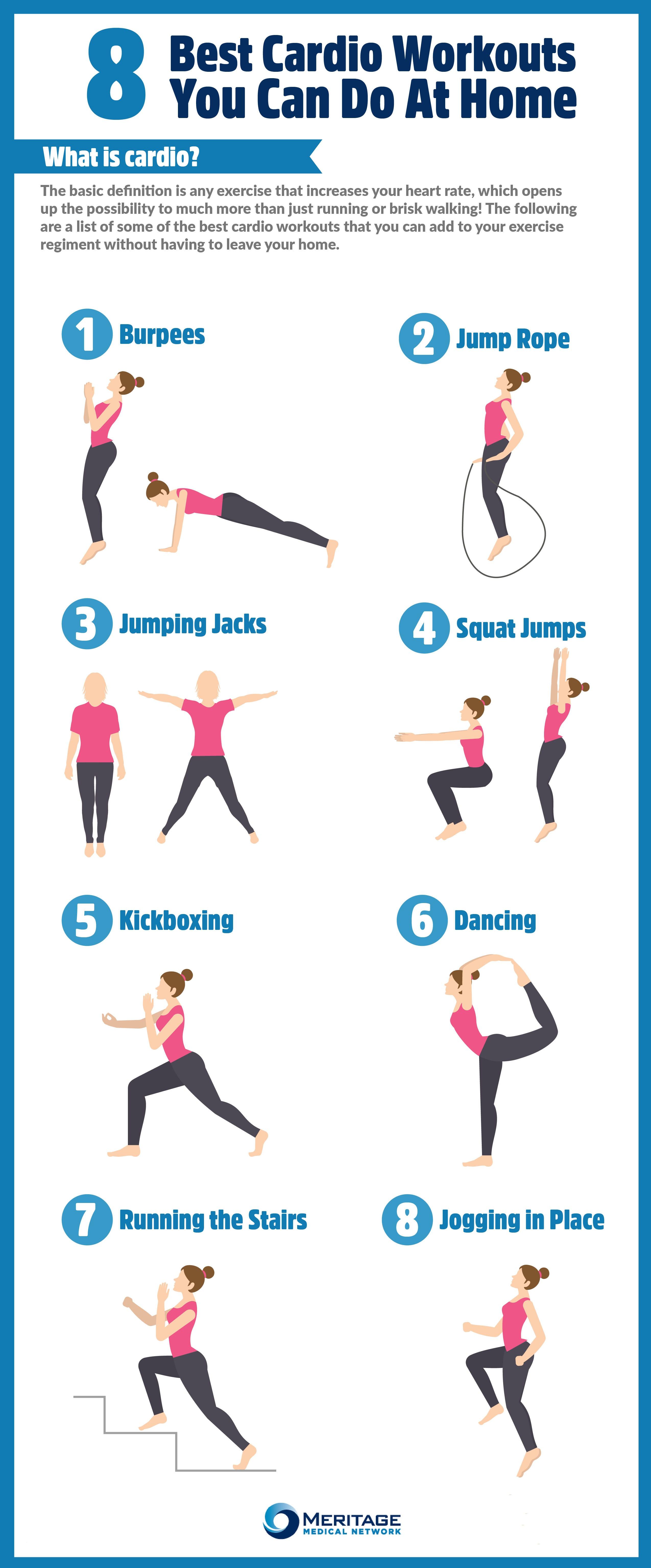In the rhythmic pulse of a healthy heart lies a secret weapon against two of modern life’s most prevalent health concerns: cholesterol and blood pressure. Cardio exercise, often hailed as the cornerstone of physical fitness, plays a pivotal role in managing these silent threats that loom over our well-being. As we delve into the dynamic interplay between cardiovascular activity and these crucial health markers, we uncover not just a path to a healthier heart, but a holistic approach to longevity and vitality. This article explores how integrating cardio into our daily routines can serve as a powerful ally in the quest for balanced cholesterol levels and optimal blood pressure, offering insights and strategies to harness its full potential.
Unlocking Heart Health through Cardiovascular Exercise
Engaging in regular cardiovascular exercise can be a transformative force in the journey towards better heart health. Cardio workouts such as running, cycling, swimming, and even brisk walking, play a pivotal role in maintaining optimal cholesterol levels and regulating blood pressure. These activities help elevate the heart rate, which in turn strengthens the heart muscle, enabling it to pump blood more efficiently. As a result, this can lead to a reduction in the levels of LDL cholesterol, often referred to as the “bad” cholesterol, while simultaneously boosting HDL cholesterol, known as the “good” cholesterol.
- Improved blood circulation: Enhanced blood flow helps clear out arterial plaque, reducing the risk of cardiovascular diseases.
- Weight management: Regular cardio assists in burning calories, aiding in weight loss and preventing obesity-related complications.
- Stress reduction: Exercise releases endorphins, which can alleviate stress and anxiety, contributing to lower blood pressure.
Incorporating cardiovascular activities into your routine doesn’t have to be daunting. Whether it’s a daily 30-minute walk in the park or a weekend bike ride, the key is consistency. Over time, these small but significant lifestyle changes can lead to substantial improvements in heart health, empowering individuals to take control of their well-being.

Exploring the Science Behind Cardios Impact on Cholesterol Levels
Cardiovascular exercise plays a crucial role in the intricate dance of managing cholesterol levels within the body. Engaging in regular aerobic activities, such as running, swimming, or cycling, stimulates the production of enzymes that help move low-density lipoprotein (LDL), often referred to as “bad” cholesterol, from the bloodstream to the liver. Here, it is processed and eventually expelled from the body. This process effectively reduces the buildup of LDL in the arteries, which is a significant factor in the development of heart disease.
- Increased HDL Cholesterol: Regular cardio can elevate levels of high-density lipoprotein (HDL), known as “good” cholesterol, which helps remove LDL from the arteries.
- Weight Management: Aerobic exercises help maintain a healthy weight, further assisting in cholesterol regulation.
- Improved Blood Circulation: Cardio promotes better circulation, which aids in the efficient transport of cholesterol throughout the body.

Balancing Blood Pressure with Regular Aerobic Activity
Engaging in regular aerobic activities, such as brisk walking, cycling, or swimming, can play a significant role in maintaining a healthy blood pressure. These exercises help improve heart efficiency, enabling it to pump more blood with less effort. As a result, the force on your arteries decreases, ultimately leading to lower blood pressure. According to health experts, incorporating at least 150 minutes of moderate aerobic exercise into your weekly routine can yield substantial benefits.
- Improved Circulation: Aerobic activities enhance the blood flow, ensuring that your organs and muscles receive the oxygen they need.
- Reduced Stress Levels: Regular cardio workouts can help mitigate stress, which is often a contributing factor to high blood pressure.
- Enhanced Heart Health: Strengthening the heart through consistent aerobic exercise reduces the risk of heart disease.
Integrating these activities into your lifestyle not only aids in managing blood pressure but also contributes to overall well-being. Remember, the key is consistency and finding activities that you enjoy, making it easier to stick to your routine.

Crafting an Effective Cardio Routine for Optimal Health Benefits
Designing a cardio routine that aligns with your health goals requires a balanced approach, focusing on consistency and variety. A well-rounded cardiovascular program can be a powerful ally in managing cholesterol levels and blood pressure. By incorporating different forms of aerobic exercises, you can target various aspects of cardiovascular health, enhancing your body’s ability to regulate these critical markers.
- Variety is Key: Mixing up your workouts with activities like brisk walking, cycling, swimming, or even dance classes can keep you motivated and engage different muscle groups.
- Consistency Matters: Aim for at least 150 minutes of moderate-intensity exercise per week, as recommended by health experts, to sustain heart health benefits.
- Intensity Levels: Integrating intervals of higher intensity can help boost your metabolism and improve cardiovascular efficiency.
By crafting a diverse and regular cardio schedule, you not only work towards better cholesterol and blood pressure management but also enhance overall heart health, paving the way for a healthier lifestyle.
Wrapping Up
In the intricate dance of health and wellness, cardio emerges as a steadfast partner, gracefully guiding us toward the harmonious balance of cholesterol and blood pressure. As we lace up our sneakers and step onto the path of cardiovascular fitness, we embark on a journey not just of heartbeats and breaths, but of transformation. The rhythm of a brisk walk, the pulse of a cycling adventure, or the steady stride of a jog—all these movements weave a tapestry of well-being, where each beat and breath plays a pivotal role in sculpting a healthier tomorrow.
Yet, as with any journey, it is the consistency of effort and the mindfulness of our choices that will determine our success. Cardio is but one thread in the complex fabric of health, interwoven with diet, lifestyle, and genetics. In acknowledging its role, we empower ourselves with knowledge and action, crafting a narrative of health that is uniquely our own. So, as we conclude this exploration, let us carry forward the insights gained, with hearts open to the possibilities and steps steady on the path to wellness.
